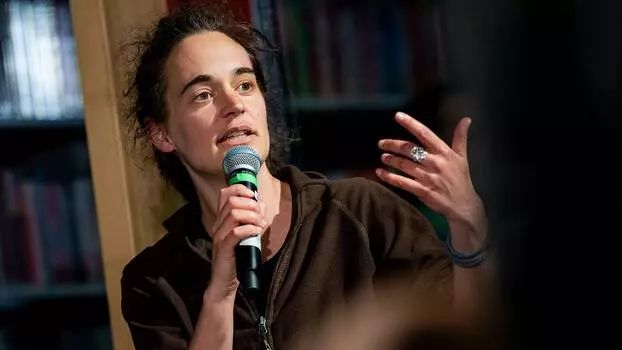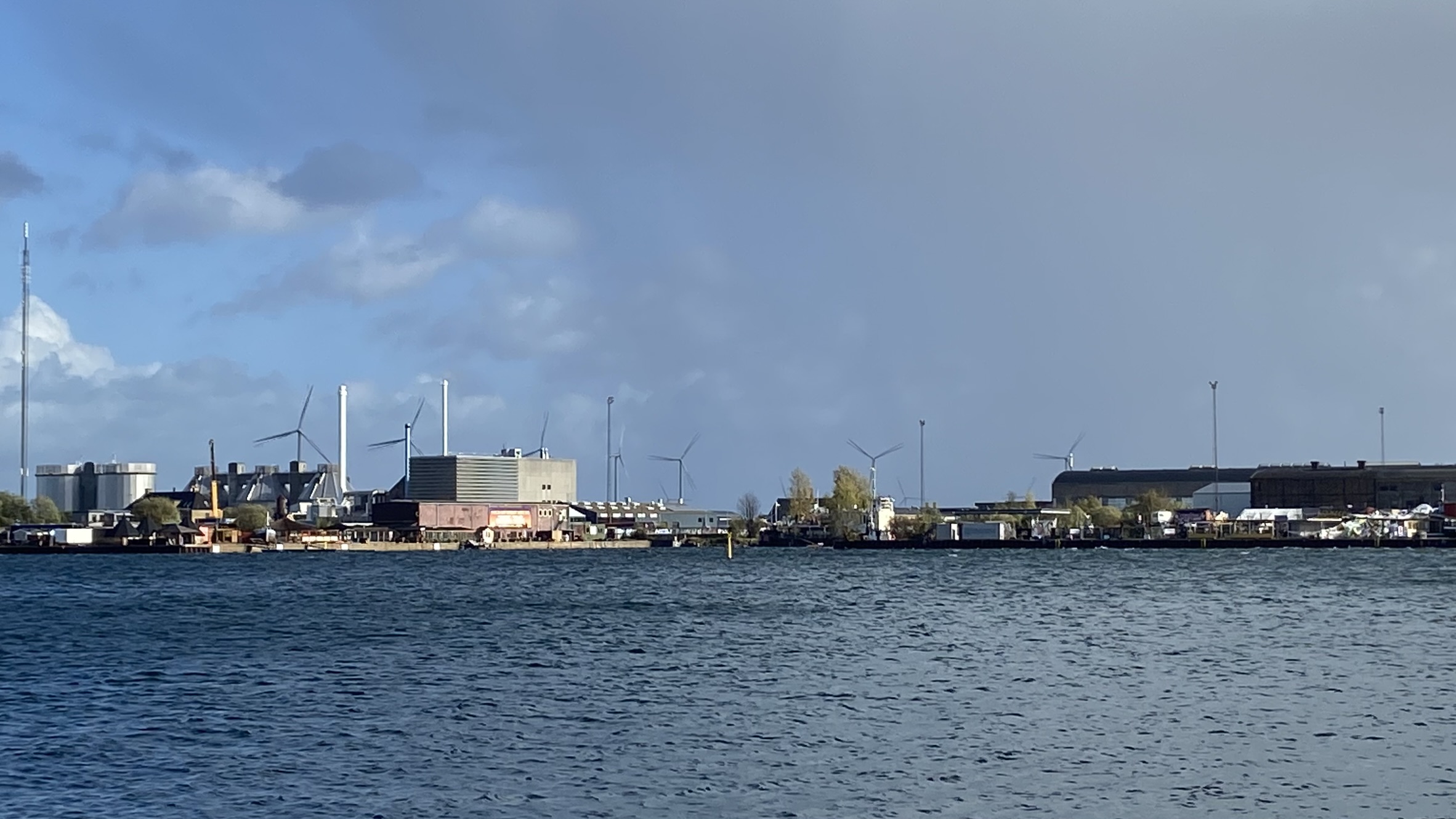A “peace dividend” was the big hope of many observers of international politics after the end of the Cold War. Envisioning a new era of human rights cooperation no longer divided between East and West, the international community could now come together to prevent large-scale human rights abuses. The reality wasn’t so neat, and the crises of the 1990s—Rwanda, Somalia, and Bosnia among others—demonstrated a startling lack of consensus over appropriate conditions for international conflict resolution.
The subsequent failure to prevent or respond to humanitarian disasters prompted several governments—Canada’s foremost among them—and allied NGOs to propose a new doctrine: “Responsibility to Protect” (R2P). This doctrine, which quickly gained traction among key international actors, seeks to lay out criteria for when states may coercively intervene in another state in order to protect its people.
In this report, Lou Pingeot and Wolfgang Obenland offer a critical introduction to the R2P doctrine, exploring its origins and proponents. Covering a wide array of cases – from Rwanda to Libya – they lay out the case both for and against its adoption.
R2P seems to have much to recommend it: the doctrine demands that states live up to their obligations to their citizens; it insists on the responsibilities of the international community to support states in meeting these obligations; and it attempts to establish the basis for a more consistent international response to crises.
Ultimately, however, R2P is a critically flawed doctrine, rooted in a limited understanding of conflict, that risks justifying the use of force by great powers without providing clarity as to when such force is justified. Despite insisting on the importance of prevention and recovery, it has from its inception been first and foremost a doctrine used to legitimize military intervention.
Pingeot and Obenland conclude by laying out a variety of ways in which the international community can seek to prevent human rights abuses and to help local populations recover after a crisis.



